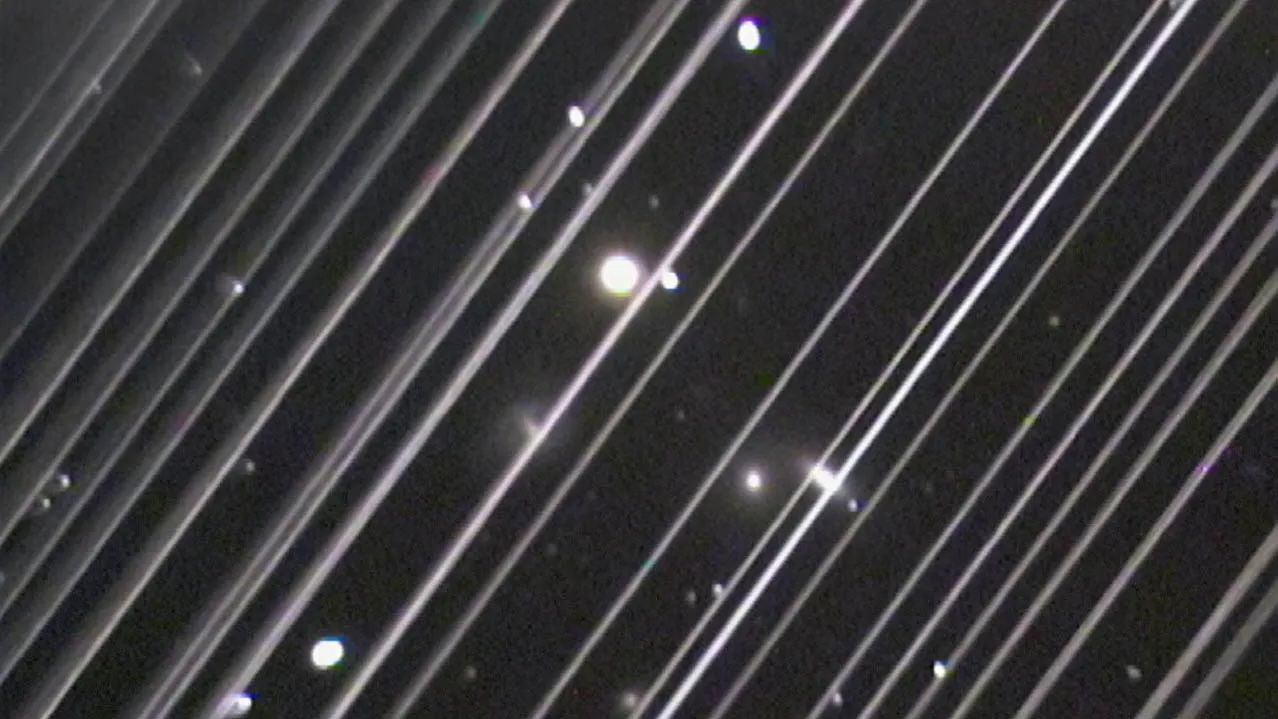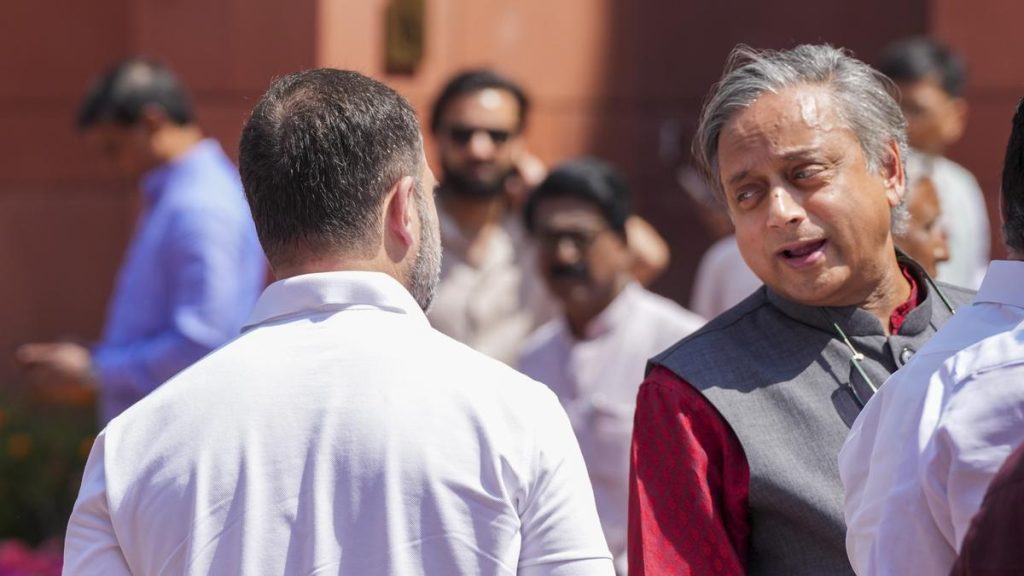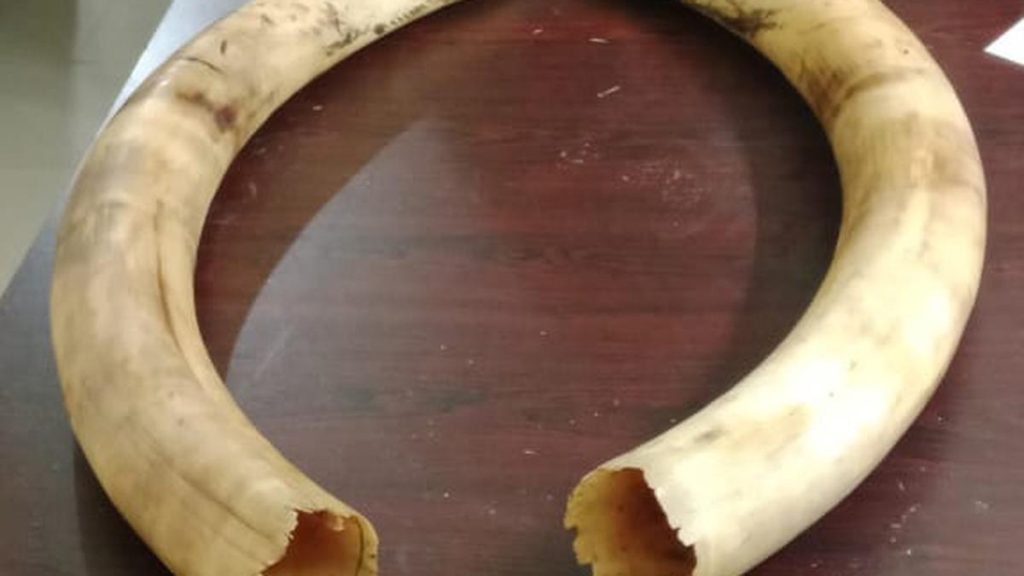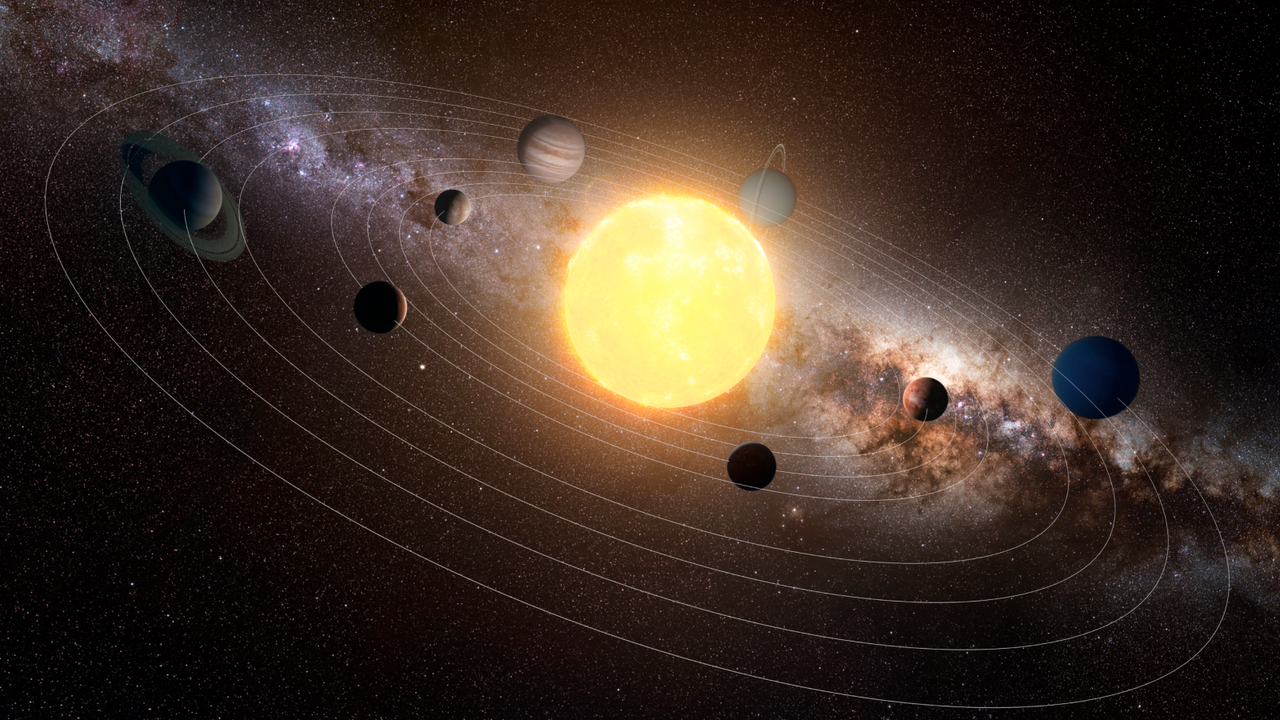Now Reading: Scientists Detect Starlink Interference in 76 Million Radio Telescope Images
-
01
Scientists Detect Starlink Interference in 76 Million Radio Telescope Images
Scientists Detect Starlink Interference in 76 Million Radio Telescope Images

Swift Summary
- A Curtin University-led study analyzed 76 million images from a prototype station for the Square Kilometre Array (SKA) radio telescope.
- The analysis showed interference caused by SpaceX’s Starlink satellite emissions affected up to 30% of certain datasets.
- Unintended radio emissions were detected from Starlink satellites in protected frequency bands, complicating astronomical research.
- Over 112,000 unintended emissions were identified from 1,806 Starlink satellites during the study.
- Researchers attributed these emissions to onboard electronics but emphasized they are not intentional signals and harder to predict or filter out.
- Current regulations by the International Telecommunication Union focus on intentional transmissions and lack provisions for such unintentional interferences.
- The survey noted other satellite constellations also contribute to leakage issues; it focused heavily on Starlink due to its size-over 7,000 deployed satellites at the time of analysis.
- Discussions with SpaceX have reportedly been constructive, with researchers calling for updated international policies that better protect astronomical observations.
!Image 1
Caption: Astronomical images impacted by trails caused by SpaceX’s Starlink megaconstellation (Image credit: Victoria Girgis/Lowell Observatory)
!Image 2
Caption: A batch of SpaceX Starlink satellites before deployment (Image credit: SpaceX)
indian Opinion Analysis
The revelations regarding unintended interference from satellite megaconstellations highlight a growing challenge for global scientific efforts in astronomy. As India continues its own advancements in space research programs through initiatives like ISRO’s contributions and potential collaborations with SKA telescopes, it too could face similar obstacles stemming from increasing satellite deployments worldwide. While India has yet to pursue large-scale internet constellation projects comparable to Starlink’s scale, this issue underscores the need for preemptive regulatory frameworks that balance technological innovations with scientific integrity.
India could play a leadership role in pushing international policy discussions around mitigating such interference while protecting critical sectors like astronomy. This challenge is both an prospect and a cautionary tale as nations seek synergy between development-focused technologies (satellite communication networks) and preservation of globally shared endeavors like space science.
For more details: read More



























